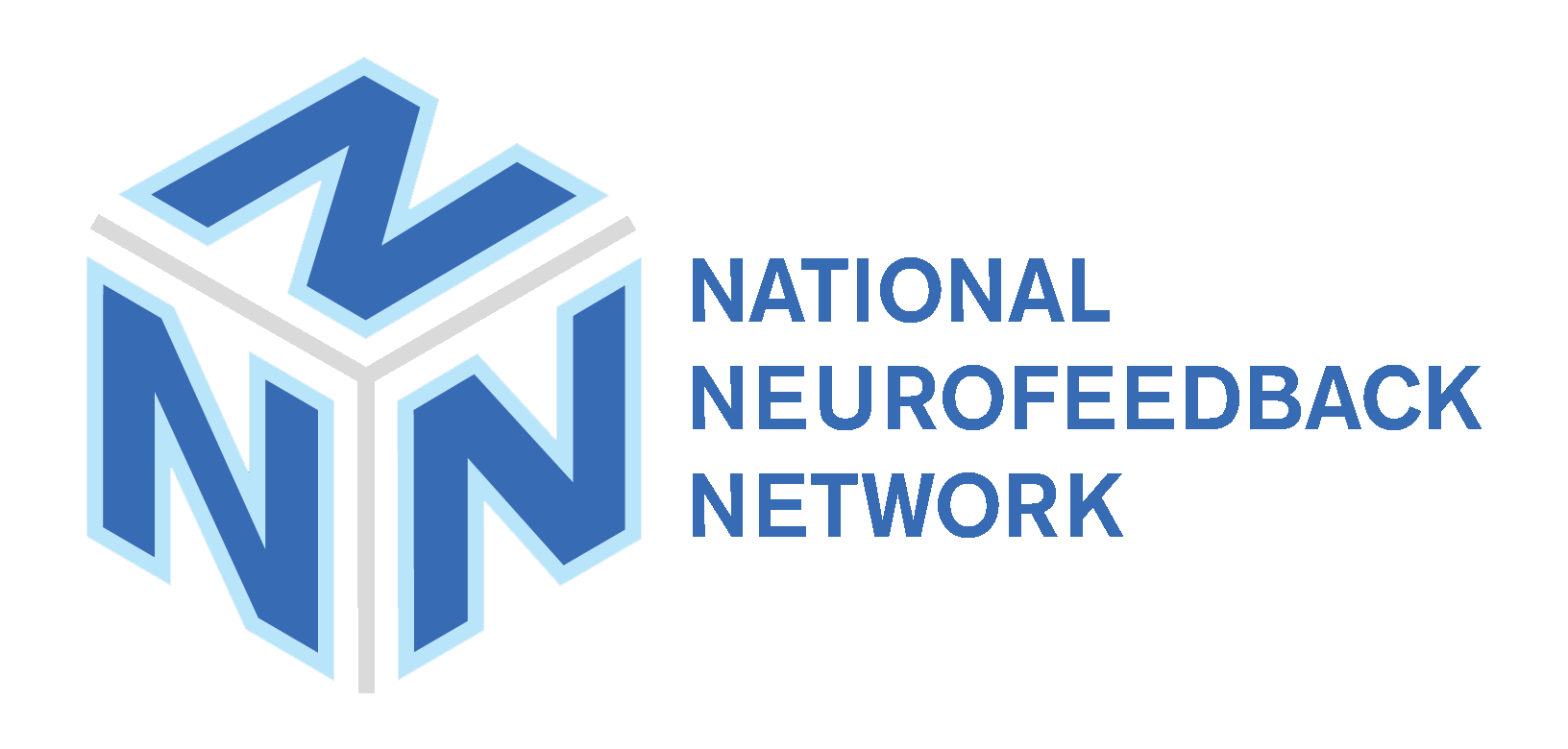An Exploration of Traumatic Brain Injury (TBI)
Every year approximately 1.4 million people suffer some kind of traumatic brain injury (TBI). Of the over 1,000,000 persons treated for TBI in hospital emergency rooms, more than 230,000 require hospitalization and 50,000 die from their injuries.
This Web site offers TBI sufferers, their families, friends and the general public information on TBI’s causes, consequences, and treatment options. Recently, one of these treatments, Neurofeedback, has gained significant respect and support from mainstream medical authorities including those who provide healthcare for veterans. We hope this information will make it easier to deal with this condition for both TBI patients and those who love them.
Please note – this site is not intended to be used to diagnosis, advise or treat anyone. No information on this site should be considered or used as a substitute for consultation and treatment from a licensed medical professional.
Causes
There are almost as many causes of TBI as there are cases. The top three are car accidents, gunshot wounds and falls. The first two – car accidents and gunshot wounds – are most often experienced by young adults and the third – TBI from a fall – is most often suffered by the very young and the very old. Seniors are also more prone to suffer strokes which are considered another type of traumatic brain injury. Obviously, there is no cure per se for TBI except to prevent it from happening in the first place. But there are ways to relieve the pain and suffering caused by it.
Types of TBI
Encased in a hard and inflexible skull, the soft tissue of brain is generally protected from injury even though it has the consistency of gelatin. But when someone is moving quickly through space and is suddenly stopped short as in a fall or car accident, the brain may bounce against the skull as the head decelerates unexpectedly. Because the brain is soft, it actually moves at a faster rate than the skull. Furthermore, different parts of the brain move at different speeds because of some parts are lighter than others. This differential movement of the skull and the brain results in direct brain injury due to diffuse axonal shearing, contusion and brain swelling. Axonal Shearing or breakage of tissue occurs during this movement, when the delicate neurons (single nerve cells in the brain and spinal cord) may be compressed and stretched until they are torn. If this happens, the neuron can die. In a severe brain injury where there is massive axonal shearing, the brain can die too.
Symptoms of Traumatic Brain Injury
Sometimes the signs of TBI are obvious- especially if the skull has been compromised, but not always. Victims may experience memory loss and confusion as well as physical symptoms such as a headache, blurred vision, ringing in the ears, nausea and dizziness. They may slur their speech and have a delayed response when asked a question. These symptoms can occur immediately following the injury or they may not appear until hours or even days later. But the quicker the patient has medical attention the better. If the injury occurred during a sporting event, the victim should stop playing and immediately seek medical attention from professionals experienced in treating concussions.
If a TBI occurs in the frontal lobe of the brain – the area that controls emotions – victims may be unable to control their emotions or actions as a result of their injuries. They may feel elated and perfectly fine one moment and terribly depressed the next. Here’s a list of symptoms affecting mood and behavior that can be the result of a TBI:
- Verbal or/and physical outbursts
- Impulsive behavior
- Negativity
- Intolerance and a lack of empathy
- Apathy
- Egocentricity
- Rigidity and inflexibility
- Risky behavior
- Lack of motivation or initiative
- Feelings of depression or anxiety
Treatment for TBI
TBIs can effect physical prowess, emotional control and cognitive ability. Consequently, they may be treated in a variety of ways depending on the age of the patient, the specific area of the brain effected by injury and the severity of the damage. In mild cases, a short period of rest may suffice. In more severe cases, hospitalization or/and some form of ongoing therapy may be required for months or even years.
Medications
Various types of pharmaceuticals are used to treat TBI symptoms and prevent more damage after a TBI has occurred. These include but are not limited to:
- Anti-anxiety medication to reduce fear and nervousness
- Anticoagulants to prevent blood clots due to the injury
- Anticonvulsants to prevent seizures
- Antidepressants to relieve depression and stabilize the patient’s moods
- Diuretics to help remove fluid that can cause pressure inside the brain
- Muscle relaxants for muscle spasms
- Stimulants to increase alertness and the ability to focus
Neurofeedback is effective for TBI, including stroke.
Strokes, like other forms of TBI, can result in damaged brain tissue. Recovery often involves the need for new brain cells to take over for damaged ones. Using a EEG map, Neurofeedback specialists can target the areas of the brain where this training can help the cells make new connections to ensure optimum functionality.
For example, if the patient is having trouble with muscle control and tone, the neurofeedback specialist can develop a program focusing on the part of the brain that controls these activities. Neurofeedback has been particularly effective in helping victims retrain areas responsible for:
- Movement
- Mood regulation
- Better behavior control
- Headache reduction
Please visit our page on neurofeedback to learn more about this therapy and use the search function on this site to find a clinician listed near you.
